Plastic storage shelving has become a go-to solution for many households looking to organize their spaces efficiently and affordably. With the variety of options available today, choosing the right type of home plastic storage shelving can make a significant difference in how organized and accessible your home is. But what are the different types of plastic storage shelves available for home use?
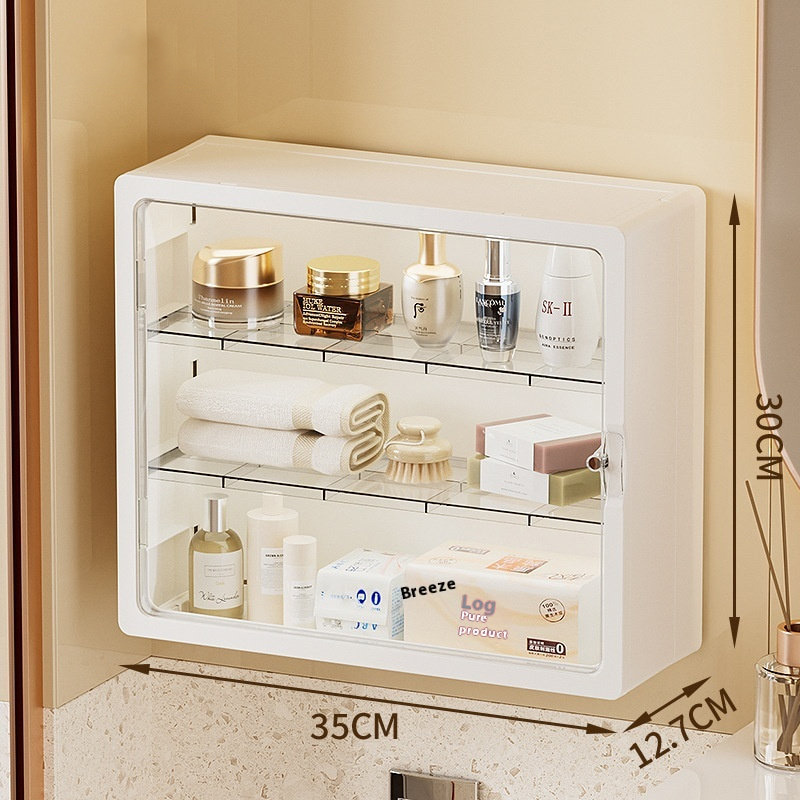
The common type of home plastic storage shelving is the stackable plastic shelf. These shelves are great for individuals with limited space, as they allow for easy vertical stacking. Many of these shelves are modular, meaning they can be customized and expanded as needed. Stackable plastic shelves are available in various sizes, making them suitable for everything from small items like books and office supplies to larger items like cleaning products or seasonal decorations. These shelves are often used in closets, garages, or even laundry rooms, as they provide a compact storage solution without taking up too much floor space.
Another popular type is the adjustable plastic shelving unit. These shelves are often equipped with metal frames or reinforced plastic that allows users to adjust the height of each tier. The flexibility of these shelves makes them ideal for storing items of varying sizes, from small kitchen gadgets to tall storage bins. The adjustable feature adds another level of convenience, as it enables users to organize their space more effectively and adapt it to changing needs.
For those looking for extra durability, heavy-duty plastic shelves are designed to carry more weight and hold larger items, such as large containers or heavy tools. These are commonly used in garages or storage areas where more rugged storage is necessary. Heavy-duty shelves are typically built with reinforced plastic and may include additional features, such as anti-slip feet for added stability.
When it comes to home organization, few items are as essential as a wall-mounted shoe shelving rack. Many homes struggle with finding the right solution for shoes, as they can often pile up in entryways or closets, clutter. Offering wall-mounted shoe shelving racks can be an way to help customers keep their shoes organized while also providing an attractive and functional product. But how can you successfully sell wall-mounted shoe shelving racks for home use?
The step in selling wall-mounted shoe shelving racks is to understand the appeal of this type of product. These racks offer several benefits for homeowners, especially in homes with limited floor space. By using the walls for storage, customers can free up valuable floor area for other uses. Wall-mounted shoe racks are good for small apartments, entryways, and even walk-in closets where floor space is at a premium.
When marketing wall-mounted shoe shelving racks, focus on the convenience and organization they provide. A well-designed rack can neatly display shoes, preventing them from being thrown into a messy pile. Emphasize how wall-mounted racks can accommodate various shoe styles, from sneakers to heels, and can even store boots or other bulky footwear. Highlight how these racks not only help with organization but also add a touch of style to the home, with designs ranging from minimalist to rustic or industrial.
Next, consider the material and design of the racks. Some wall-mounted shoe shelving racks are made of metal, while others are crafted from wood or a combination of materials. The key is to offer a variety of options that cater to different customer tastes. For example, metal racks may appeal to customers looking for a modern, sleek design, while wooden racks might be better suited for those with a more traditional or rustic taste. Offering different finishes, such as black, white, or wood tones, will help attract a wider customer base.
Pricing is another crucial aspect of selling wall-mounted shoe shelving racks. When determining a price point, consider the materials used, the design complexity, and the overall quality of the product. Offering a range of price options can help cater to customers with varying budgets. A basic, no-frills metal rack may be priced lower, while a more intricate wooden design with extra features like adjustable shelves or added hooks for accessories can be priced higher.

 English
English 中文简体
中文简体


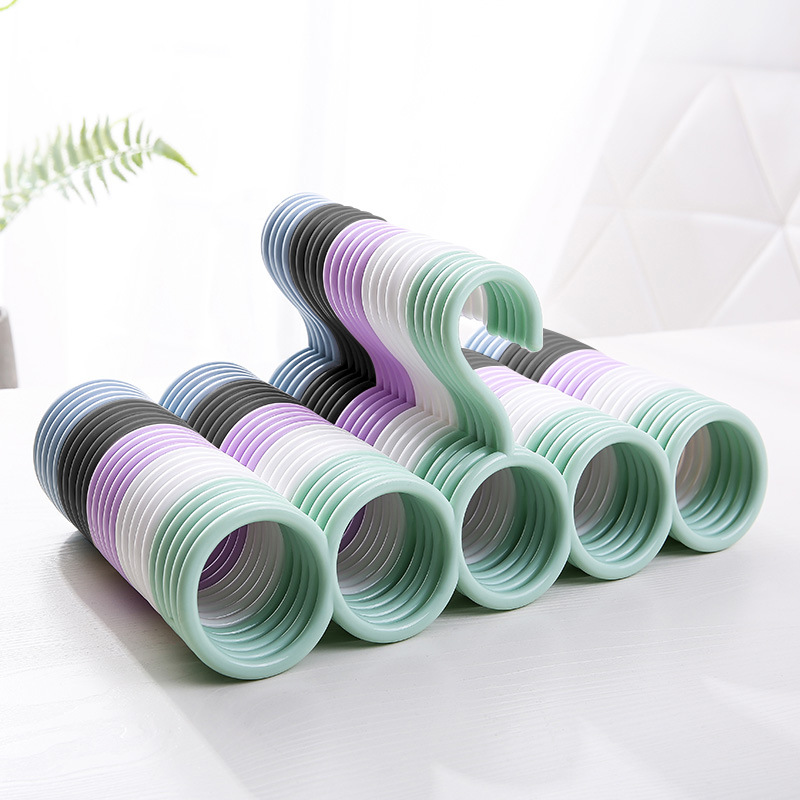
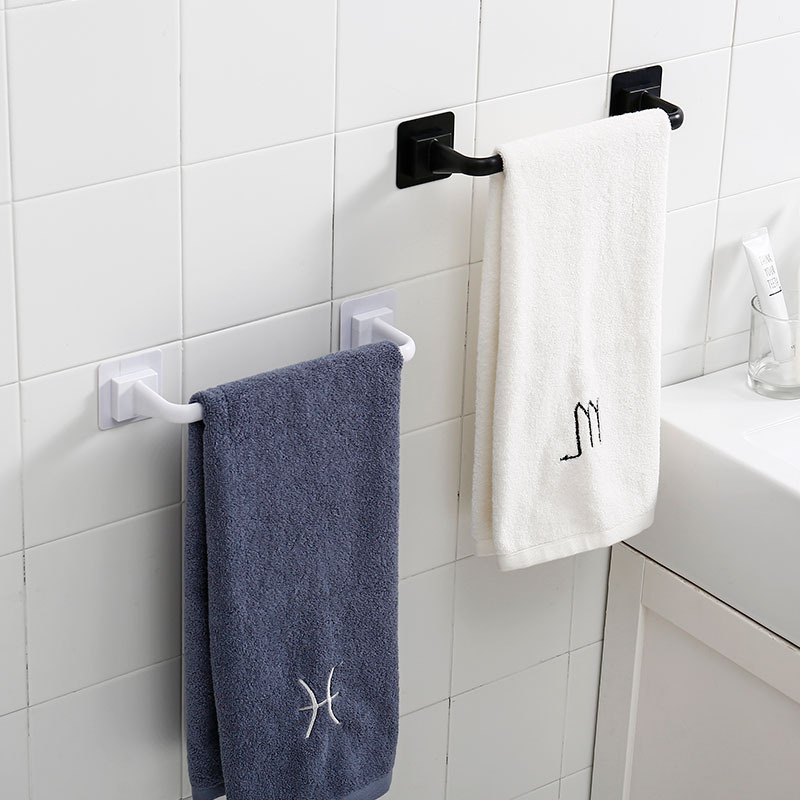
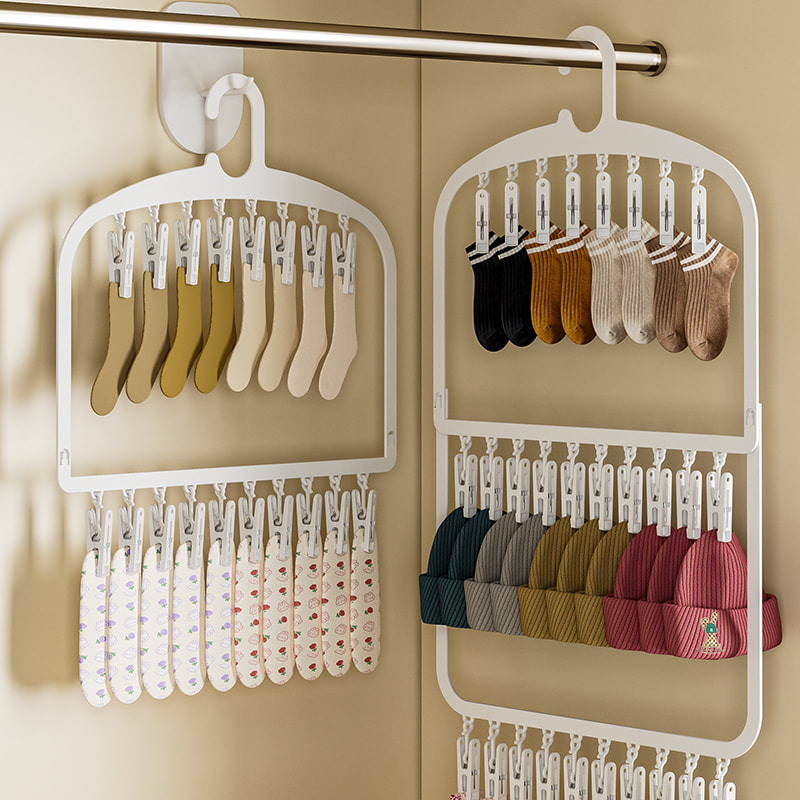
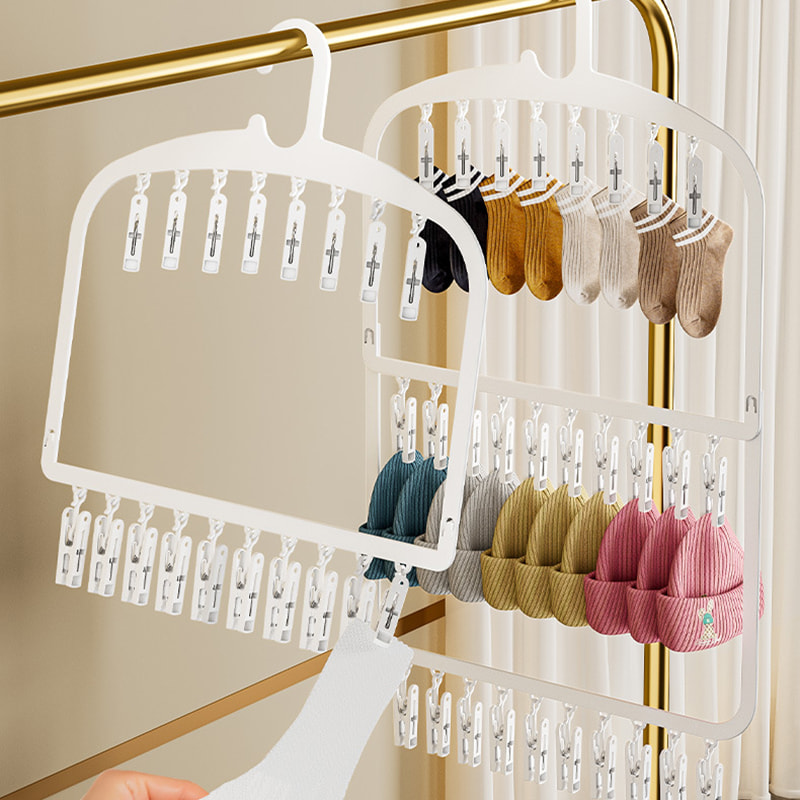
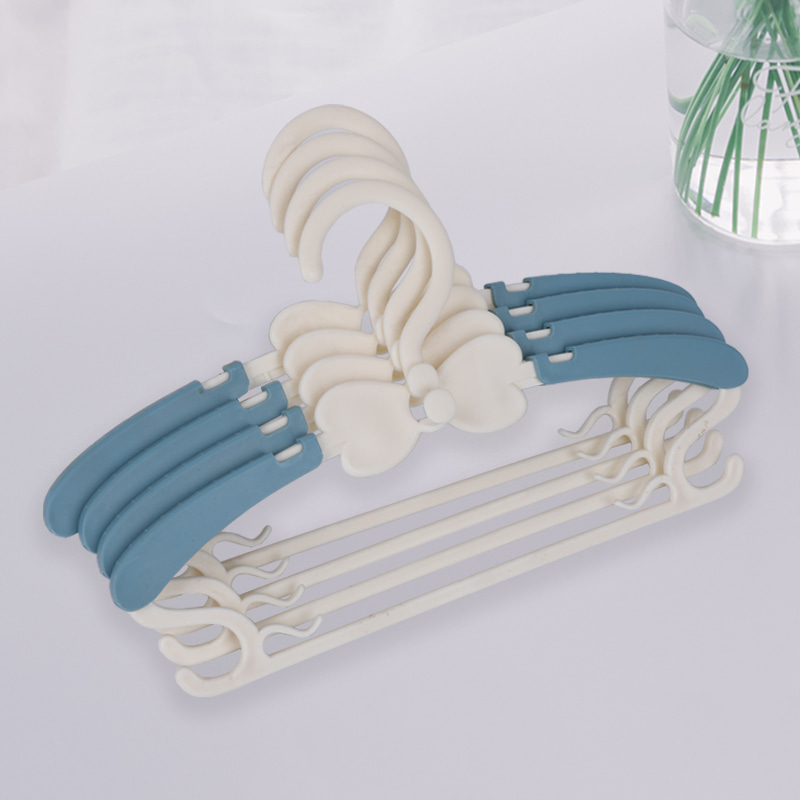
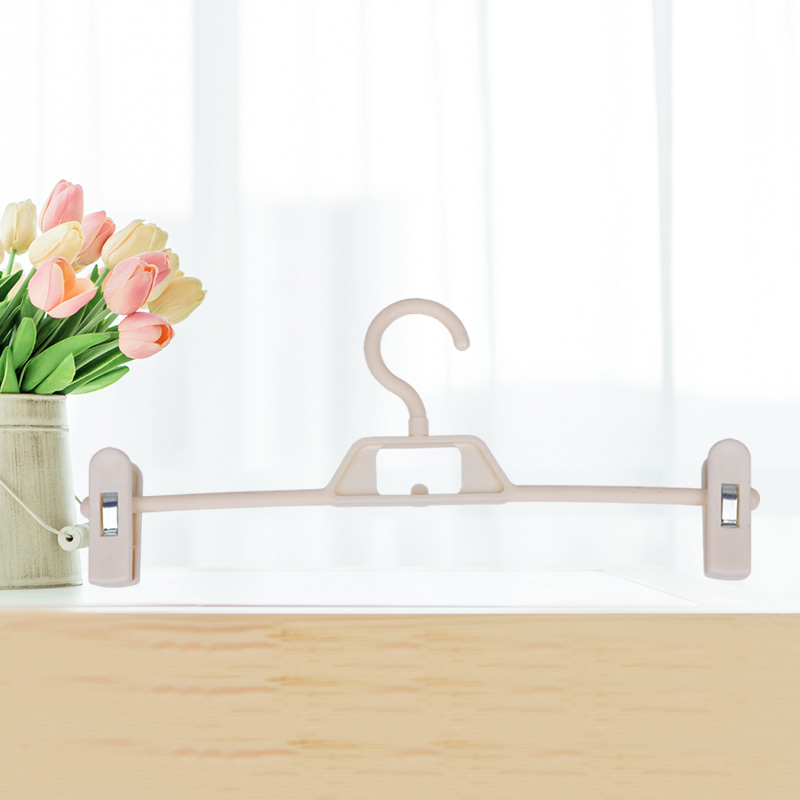
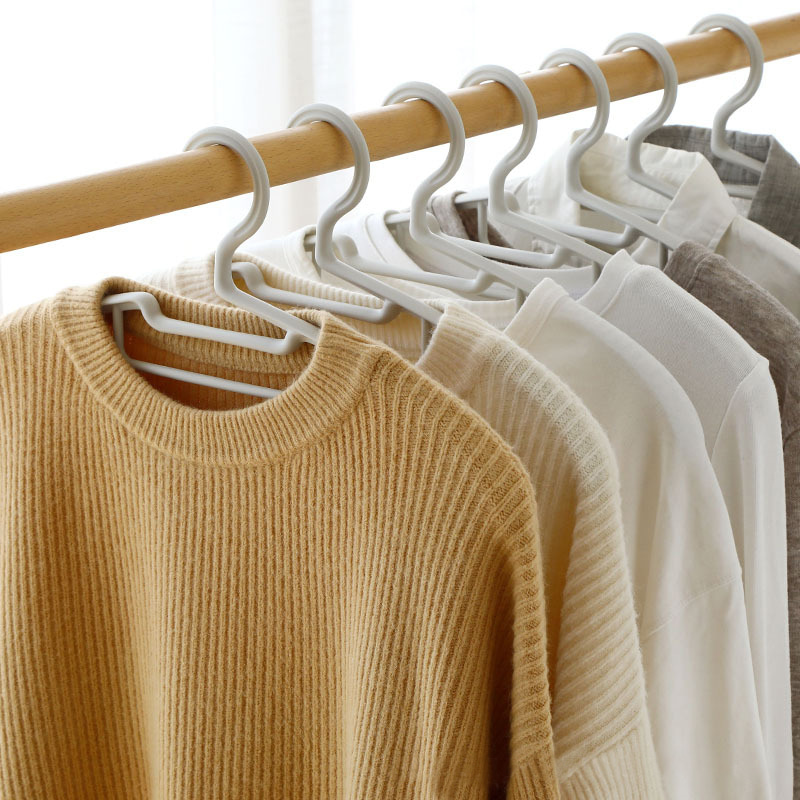
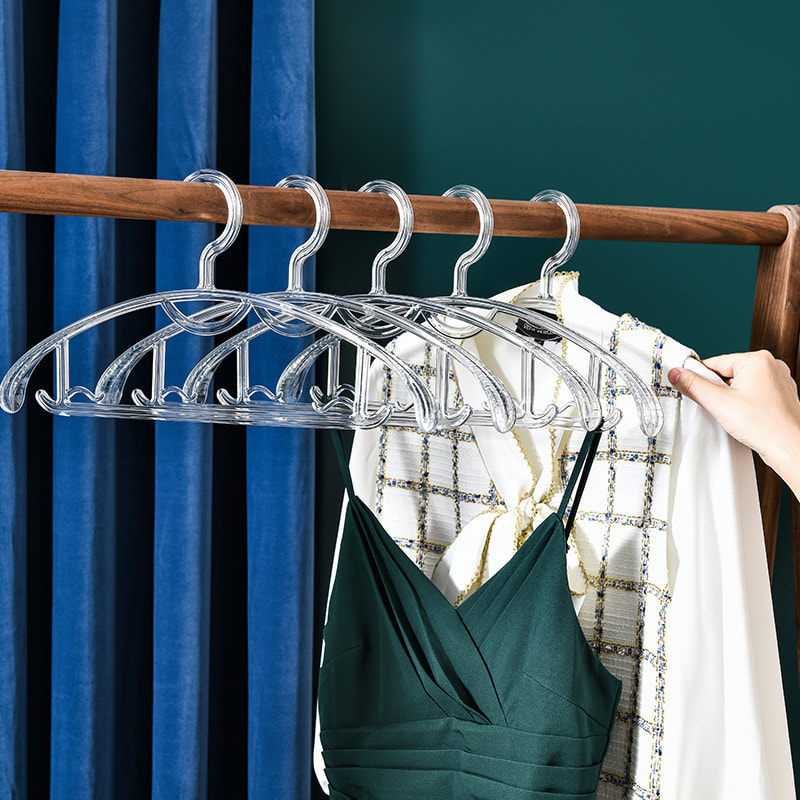
 Phone
Phone
 Email
Email